Oct 28, 2025 10:47 AM
In Memoriam: Jack DeJohnette, 1942–2025
Jack DeJohnette, a bold and resourceful drummer and NEA Jazz Master who forged a unique vocabulary on the kit over his…

Twin Talk members Andrew Green (left), Dustin Laurenzi and Katie Ernst spent five days at April Base Studios recording their 2019 release, Weaver.
(Photo: Maren Celest)Certain band names simply are descriptive. Others, aspirational. But bassist and vocalist Katie Ernst identifies Twin Talk’s name as both. She and her co-leaders, reedist Dustin Laurenzi and drummer Andrew Green, are refining and further exploring a kind of intuitive shared language on Weaver (37d03d), the Chicago troupe’s third recording.
Twin Talk enjoyed a luxurious five days in the studio, courtesy of Laurenzi’s professional relationship with Bon Iver’s Justin Vernon, who offered the trio access to his April Base Studios in Wisconsin. The opportunity informed certain creative decisions on the record: stretching of melodic development over textural layering and approaching the studio setting as a fourth member of the band. As they enter a new and more intimate phase of cooperative composition and expression, the co-leaders find that their communication is evolving, and naturally so.
Ernst recently took some time to discuss the band’s insular language, working in the studio and the almost-antiquated notion of listening to a recording start-to-finish.
The following has been edited for length and clarity.
How has Twin Talk’s language become increasingly intuitive while working on three records?
We identify with the high-level, nonverbal communication twins might share; there’s a scientific name for it, cryptophasia. But that seemed too heavy-metal for us. The mountain that we keep climbing is trying to be in that pure form of three-person communication. We kind of jump right in and skip the formalities of small talk. What we’re hearing in the evolution of this band is a sense of comfort and familiarity, and increased risk-taking.
Apart from instrumental roles, how have roles as collaborators shifted to serve Weaver, specifically?
We all like the idea of being equal collaborators in this endeavor, and we’ve figured out what that means for individual contributions. Dustin probably writes the most fully formed compositions; I write a lot of counterpoint between bass and voice; and Andrew is the crafter of all things drums and rhythms. So, we’ve found how we all fit in—our voices, and also how we kind of mutate for the band’s sound.
When you bring the counterpoint you’ve composed into the studio, how do you approach harmonic and textural layering?
That’s a real key word for this record—textural layering. As a chordless trio, we’ve gotten really creative and curious about ways to have dense texture with just three people on stage. But we were really deliberate about making this record something that only could live in the studio, relieving the responsibility of having to recreate everything in live performance, and treating the studio space as this special environment.
Weaver reflects repetition and displacement of short phrases, in seeming contrast with layers of texture and voicings. Was the goal to stretch production around those phrases, because you knew you’d have those five days?
Some of these songs we had been sitting with and touring with for over a year, so they have their own identity, structure and length in live performance. And then we [used] the studio layering time to be as inquisitive and playful as we like to be in live performance but [consider]: “What if we didn’t have to only have one bass part? What if we could have as many drums as the song would allow?” So, we were taking fully formed songs and ornamenting them or enhancing them.
Weaver seems to ruminate on tension and release in harmonic tendencies, in development of phrases—but also in the entirety of its album arc. Is that rumination the result of collective intuition or is it experiential?
I should just say “yes” and leave it at that. We all bring different aesthetics to the table, and that is something that’s really healthy for our music. A couple key musical values unite us: One of those is the treatment of tension and resolution—the moments of transition, rather than just being in a section, vamping forever. There’s a lot of repetition in our music, but the function of it is to be morphing in an ever-increasingly skillful way. The other value is a real love of melody. So, there’s a strong thread of melody even in the wild parts.
Weaver’s melodic phrases include pervasive pentatonic references—and the gankogui bell makes an appearance. Were you intentionally tugging at the melodic roots of West and Central Africa, or is that a function of composing broadly within the lineage of the music?
Andrew has been a student of West African music and, as jazz musicians, we all are immersed in and enamored with African music. That’s what we think of as melodies—the pentatonic stuff—because there’s something so deep about those sounds. So, while we weren’t explicitly setting out to make a West African record, a lot of our personal heroes and influences are aligned with that melodic building block.
Conversational quality seems to come from the give-and-take among the three of you, but also the pacing of the music. Can you discuss moments of intense dialog versus breath-catching?
We committed to including all of these songs on the record. And the order and experience of each song was something we did spend a lot of time figuring out—making sure it felt right. So, maybe it’s like a meta-version of how we might put a song together. The sum of all the parts is also an exercise in tension and release. I think we had the listener in mind when we were putting it together—how, after something really intense, there might be a need for an exhale. I definitely think this is a record worth playing through in its entirety—which probably sounds very 1990s nowadays. But there was very deliberate intention in the way that everything flows. DB
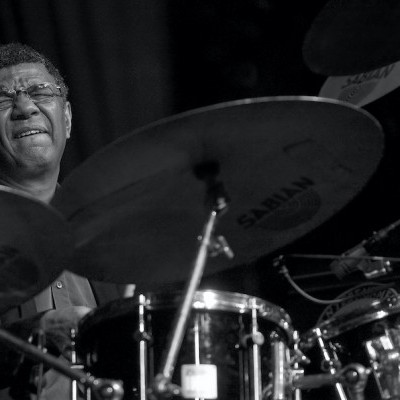
Jack DeJohnette boasted a musical resume that was as long as it was fearsome.
Oct 28, 2025 10:47 AM
Jack DeJohnette, a bold and resourceful drummer and NEA Jazz Master who forged a unique vocabulary on the kit over his…
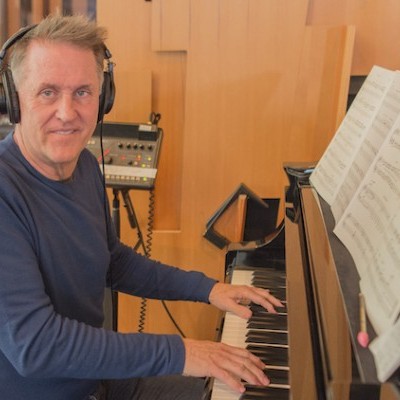
Goodwin was one of the most acclaimed, successful and influential jazz musicians of his generation.
Dec 9, 2025 12:28 PM
Gordon Goodwin, an award-winning saxophonist, pianist, bandleader, composer and arranger, died Dec. 8 in Los Angeles.…
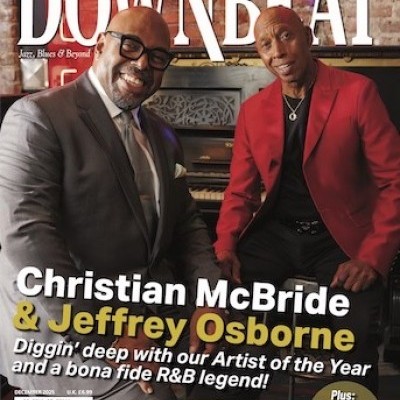
Nov 13, 2025 10:00 AM
For results of DownBeat’s 90th Annual Readers Poll, complete with feature articles from our December 2025 issue,…
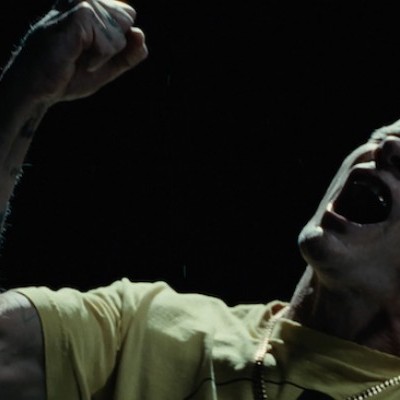
Flea has returned to his first instrument — the trumpet — and assembled a dream band of jazz musicians to record a new album.
Dec 2, 2025 2:01 AM
After a nearly five-decade career as one of his generation’s defining rock bassists, Flea has returned to his first…
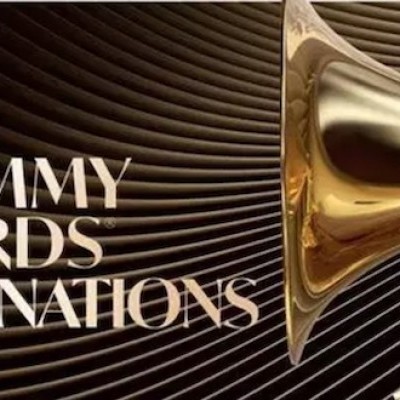
To see the complete list of nominations for the 2026 Grammy Awards, go to grammy.com.
Nov 11, 2025 12:35 PM
The nominations for the 2026 Grammy Awards are in, with plenty to smile about for the worlds of jazz, blues and beyond.…








